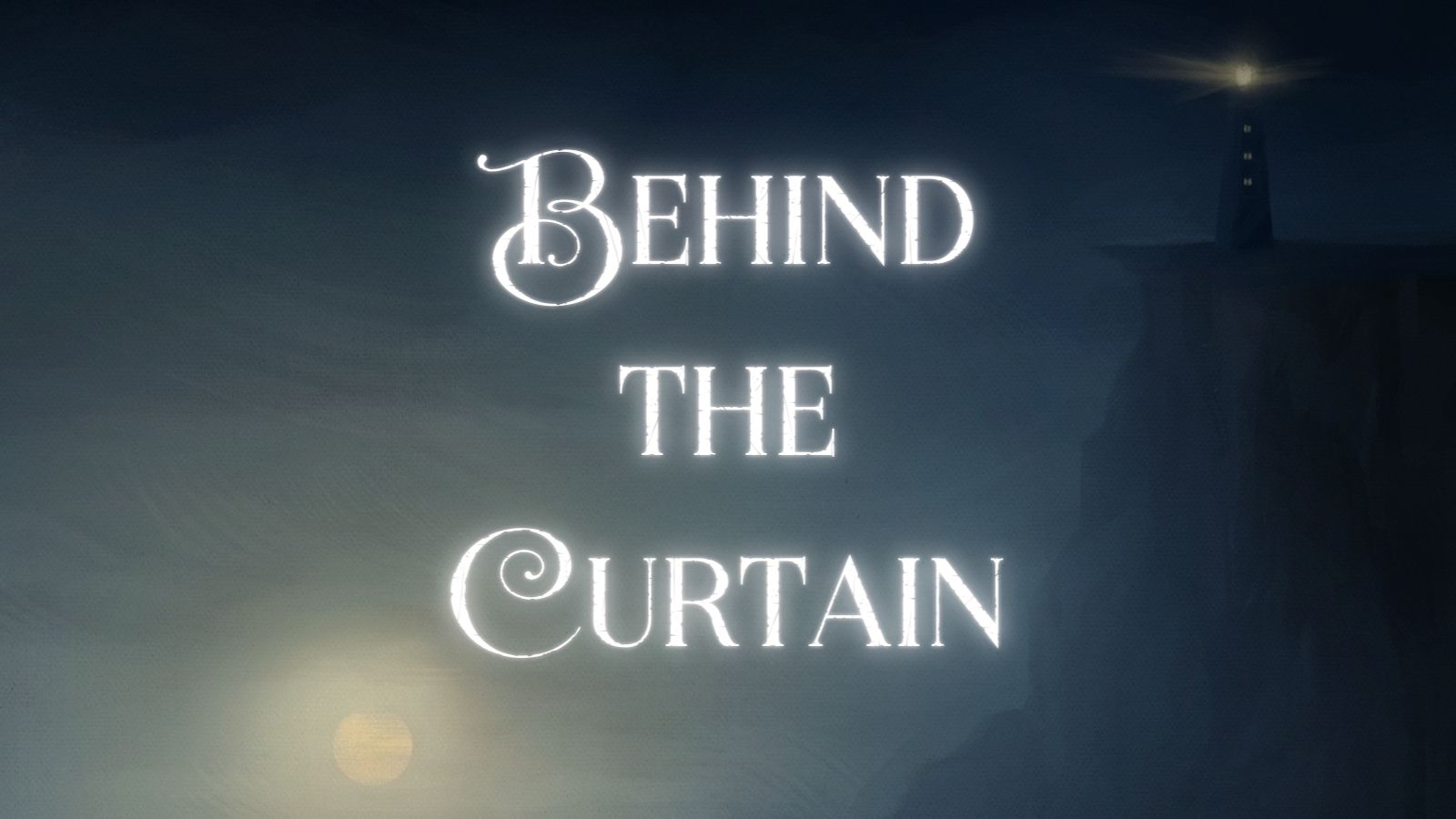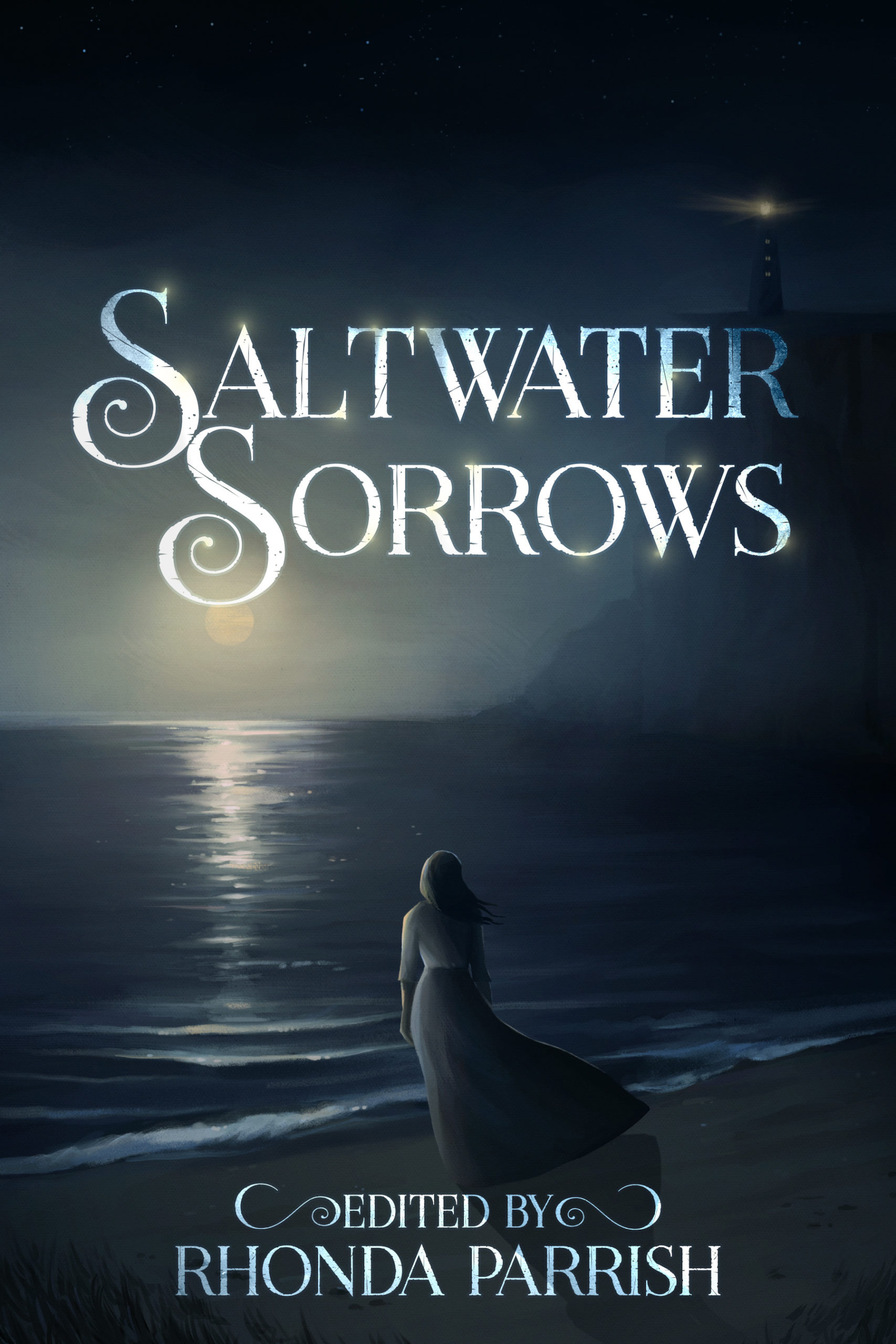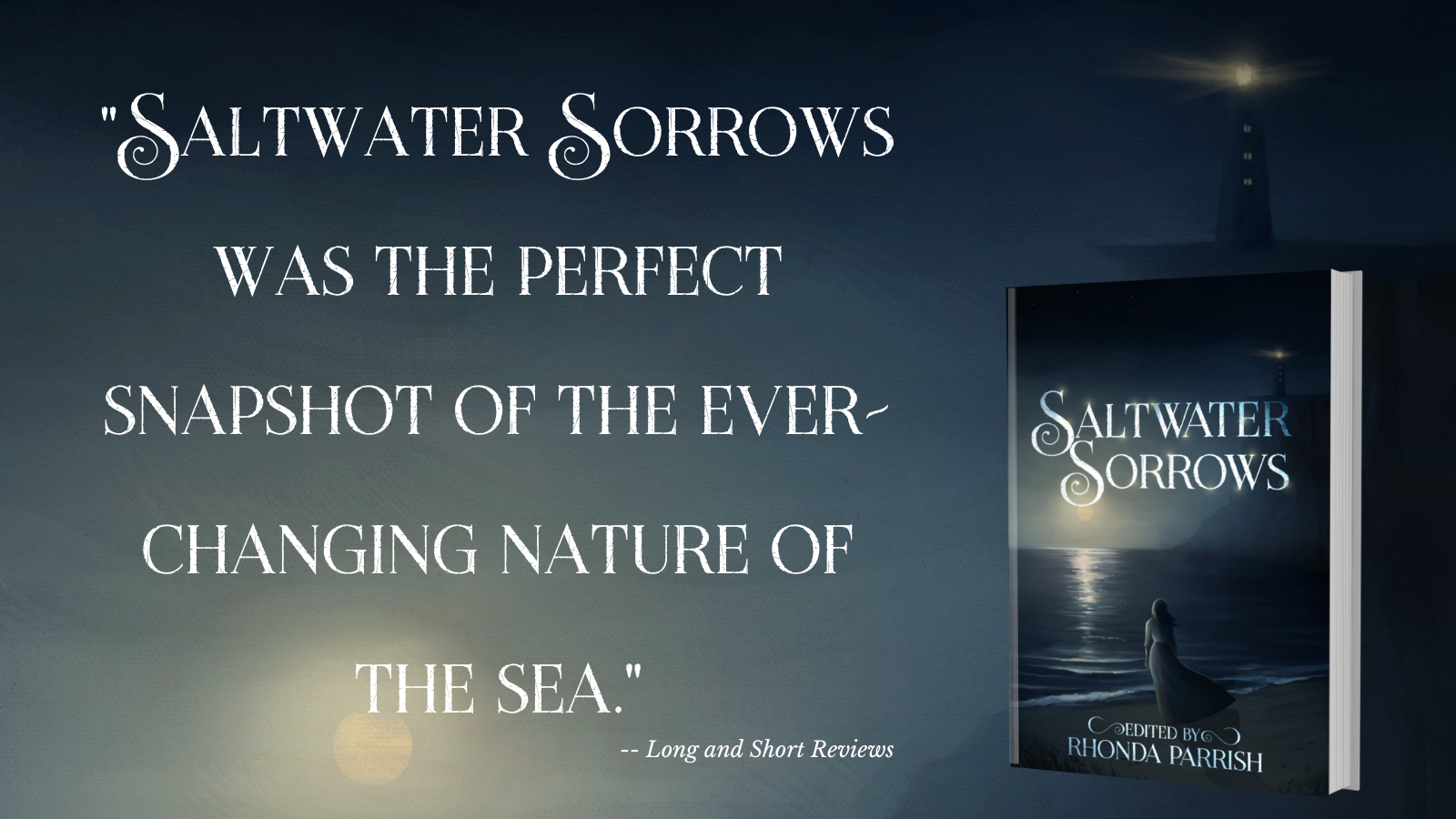My latest anthology, Saltwater Sorrows came out earlier this month. One way I’m celebrating that is by sharing a series of blog posts by myself and some of my authors.
So today, I am pleased to share this guest post by Laura VanArendonk Baugh which offers a bit of a peek behind the curtain at the writing of her Saltwater Sorrows story.

By Laura VanArendonk Baugh
In 2018, my husband and I celebrated our twentieth anniversary by backpacking in the Ecuadorian Andes and then going on to the Galapagos Islands. As I’m that weird nerd, I of course read up on the history of our destinations, including the fascinating and dramatic past of Isla Floreana. Aside from the intriguing disappearances, a fire was mentioned as devastating the island in the 19th century. I looked it up and learned the fire was set in 1820 by a crewman on a whaling vessel Essex, as a prank. Some prank; the crew was cut off from their ship and had to run through flames to escape, and the fire ultimately covered the entire island and ended at least two species.
But Nature had her revenge. Just a few weeks later, the Essex was rammed and sunk by a sperm whale. The crew was scattered and driven to cannibalism, and the eight survivors’ tale eventually inspired Herman Melville’s novel Moby Dick.
Okay, I was in. I needed the rest of the story. Fortunately, there was a non-fiction book to provide it, and so I ordered Nathaniel Philbrick’s The Heart of the Sea: the Tragedy of the Whaleship Essex.
Not only did I find a horrifying and fascinating tale of survival, but the book offered a view into the history and culture of Nantucket, the primary base of the American whaling industry. A society built upon most men being absent for years at a time looked very different than the rest of 18th and 19th century America, and while I’m always uncomfortable with the historic (and ongoing) whaling industry, I was delighted by the tidbits of Nantucket society. The whittling code in my story, used by sailors and ship owners to silently communicate a job market, came directly from this book.
I went through several ideas for the anthology theme before settling on what became “Salt In Our Blood, Salt In Our Tears.” To reach it, I thought mostly about the incredible absences of a whaling town. Unlike a merchant voyage, which might be lengthy but which had a fixed itinerary and a rough schedule, a whaling trip was nearly completely arbitrary. A ship would troll the oceans for whales, shifting from one hemisphere to another or passing through oceans based on hunting success and rumor of whale populations. The success of their hunts determined the length of the voyage, as a whaling ship kept hunting until filled. A ship might be gone two years or seven. A man hunting whales might not know that he was a father until he came home to find his son playing at harpooning games in the street. A woman waiting at home might receive letters, if a ship chanced to exchange them with another with a happy coincidence of destinations, or she might not. She would not know if she were a widow, if she were abandoned for a younger south seas islander, or if she would see her husband the next day. For years at a time.
And that melancholy of not-knowing became the core of my story, in the desperation that might drive one to do anything, anything that seemed useful, that gave at least an illusion of control or hope.
My original notes for the story took a different tack, to keep a seagoing metaphor, and showed the sea responding directly to the woman’s pleas. I have a sketch for dialogue which I still quite like. But ultimately that felt too presentist to me, too much layering of my own views as a 21st century animal trainer with friends in the marine mammal world, who communicates with her traveling husband consistently and instantly, onto a 19th century wife whose absent husband was providing for his family in one of the most dangerous but most lucrative professions available to him, who had to cling to protests of love for years at a time without renewal. And so the story shifted, focusing entirely on her desperation to feel effective in the face of danger and loss.
I hope in the end I managed to catch the signature emotional themes of this anthology, all salt spray and melancholy and yearning and the waves and ebbs of emotion that is the sea. I love that the story came from history, even if that history is less evident in the final product. I hope you enjoy these sea stories, whether you read him on the heat of a white beach, in the spray of a rocky coast, or just in a cozy nook in your home.
Deep, mysterious, beautiful . . . dangerous . . .
Women and the sea have been tied together in myth and story from the beginning of time. Tales of women being drawn to the sea or being left on the shore, waiting for their men’s return, have been passed down through the ages.
But what mysteries lie beneath the sparkling placid waters? What power drives the wind and waves crashing against the shore? There is transformation and exaltation—magic—in the ocean and women alike. And both know that while the sea gives, the sea also takes.
Sink into the icy depths of the ocean with these stories by: E.E. King; Natalie Cannon; Morgan Melhuish; Paul A. Hamilton; Laura VanArendonk Baugh; Sarah Van Goethem; Adria Laycraft; Dino Parenti; B. Zelkovich; Lisa Carreiro; Lea Storry; Nikoline Kaiser; Elin Olausson; Chandra Fisher; Hayley Stone; V.F. LeSann; Catherine MacLeod; and Jennifer R. Donohue.
Order Online



